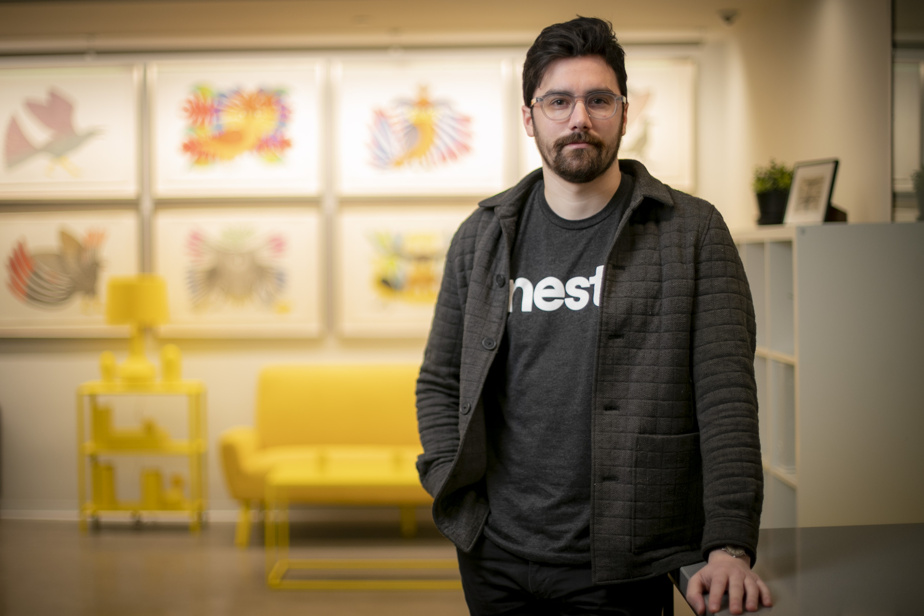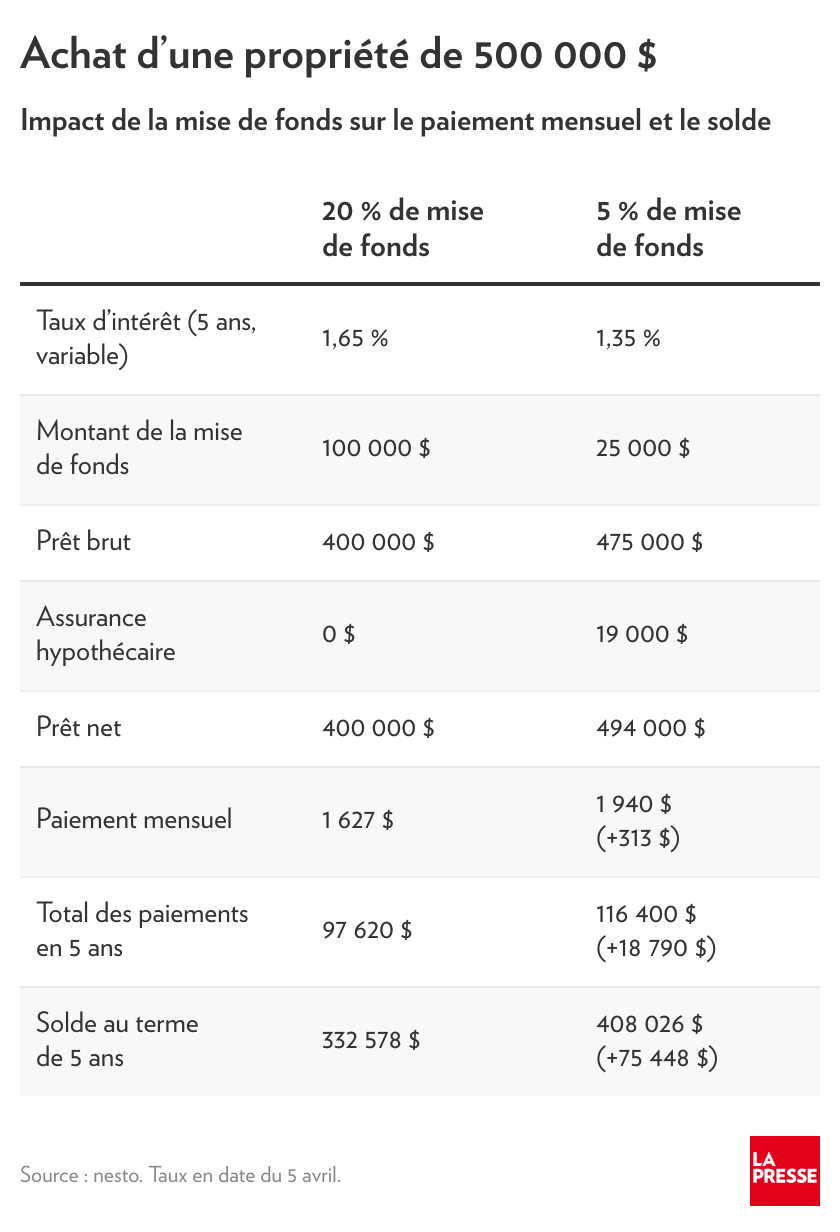After two years of pandemic, the real estate effervescence is finally easing. But properties for sale are still very rare, prices are constantly rising and interest rates will increase. All this at a time when inflation is reducing the ability of households to build up a down payment.
Posted at 7:45 p.m.
For first-time buyers, it’s far from obvious.
In fact, 56% of young generation Y (up to 35 years old) have decided to put their plans to acquire a property on ice because of the economic situation, according to a cross-country survey by Scotiabank released this week. .
For its part, the Royal Bank taught us that the idea of buying or saving for a house when prices are rising is a source of stress for four Quebec couples out of ten. It’s not too good for love…
But let us console ourselves, our level of serenity is higher than in Ontario and British Columbia, where half of the lovers are anxious. It must be said that in Toronto and Vancouver, the average price of single-family homes exceeded the 2 million mark. And that of the condos is over $800,000.
The value of our properties is still far from these thrilling heights. But the prices keep going up.
As a result, accumulating the required down payment has become an Olympic Games challenge for many couples. Honey, you gotta save as fast as house prices go up! It’s breathtaking!
And this, even when the goal is to accumulate the bare minimum, namely 5% for properties of $500,000 or less, and 10% for the portion of the price between $500,000 and $999,999. It’s not for nothing that Ottawa created the CELIAPP, a savings account intended to help first-time buyers.

20% endangered
While there was a time when new homeowners were adamant about having a 20% down payment to avoid mortgage insurance, rising prices are turning people’s minds upside down. “What we see is millennials putting in lower and lower percentages,” says Damien Charbonneau, co-founder and chief operating officer of the mortgage brokerage firm nesto. Because 20% of $800,000 is a lot of money! »

PHOTO DAVID BOILY, THE PRESS
Damien Charbonneau, co-founder and chief operating officer of nesto mortgage brokerage
In the first quarter of 2021, 44% of buyers using nesto’s services had a down payment of less than 20%. A year later, the proportion had risen to 56%.
And this, even if the new buyers are much more numerous for two years to be helped financially by their parents. Mortgage advisor at the Royal Bank, Pascal Berger estimates that 25% of his clientele has received a donation.
5% for strategic reasons
Certainly, paying only 5% affects monthly payments, as this graph shows.

But the idea is not only disadvantageous.
It allows in particular to enter the market as quickly as possible. And it’s the right thing to do, as real estate guru Gilles Ouellet told my colleague André Dubuc a few days ago. Because “the excessive prices of Toronto and Vancouver risk becoming the norm in Montreal”.
Damien Charbonneau agrees. “When you wait for 20%, the price of properties increases so much that your savings do not follow. You need 20% of $300,000, then $400,000, $500,000…”
The advantage may not be huge, but with a 5% down payment, you end up with a better interest rate. It’s counter-intuitive, but the banks give a discount when the loan is insured (by CMHC, Sagen or Canada Guaranty), so it’s less risky.
Paying only the minimum down payment is sometimes a conscious choice on the part of people who could pay more.
New owners want to retain financial leeway to renovate. “When you look at what’s available on the market, it needs love. We understand this decision of households at the present time to leave cash,” says Marc-André Blanchet, senior communications advisor at Multi-Prêts Hypothèques.
Others pulled out their calculators. With current borrowing rates, some buyers do not see why they would pay 20% on the spot when they could put this asset to work elsewhere, on the stock market, for example. In five years, the $75,000 in the example above would generate over $21,000 assuming a compound return of 5%.
The low interest rates of the past few years meant that starving down payments had relatively little impact on monthly payments. But it won’t last. “With higher interest rates, people will make a greater effort, perhaps withdrawing a TFSA,” predicts Pascal Berger of the Royal Bank.
Be that as it may, Damien Charbonneau is categorical: “There is no shame in putting in just 5%! Provided, of course, that you are then able to make all your payments on time.
Threats of seizure by the bank also cause a lot of stress in a couple.
